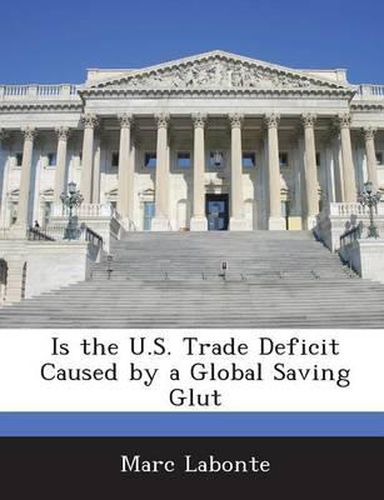Readings Newsletter
Become a Readings Member to make your shopping experience even easier.
Sign in or sign up for free!
You’re not far away from qualifying for FREE standard shipping within Australia
You’ve qualified for FREE standard shipping within Australia
The cart is loading…






The U.S. trade deficit is equal to net foreign capital inflows. Because U.S. investment rates exceed U.S. saving rates, the gap must be financed by foreign borrowing. Net capital inflows have grown over recent years to a record 6.6% of gross domestic product (GDP) in 2006. Economists have long argued that the low U.S. saving rate, which is much lower than most foreign countries, is the underlying cause of the trade deficit and that policies aimed at reducing the trade deficit should focus on boosting national saving. The most straightforward policy would be to reduce the budget deficit, which directly increases national saving.
$9.00 standard shipping within Australia
FREE standard shipping within Australia for orders over $100.00
Express & International shipping calculated at checkout
The U.S. trade deficit is equal to net foreign capital inflows. Because U.S. investment rates exceed U.S. saving rates, the gap must be financed by foreign borrowing. Net capital inflows have grown over recent years to a record 6.6% of gross domestic product (GDP) in 2006. Economists have long argued that the low U.S. saving rate, which is much lower than most foreign countries, is the underlying cause of the trade deficit and that policies aimed at reducing the trade deficit should focus on boosting national saving. The most straightforward policy would be to reduce the budget deficit, which directly increases national saving.